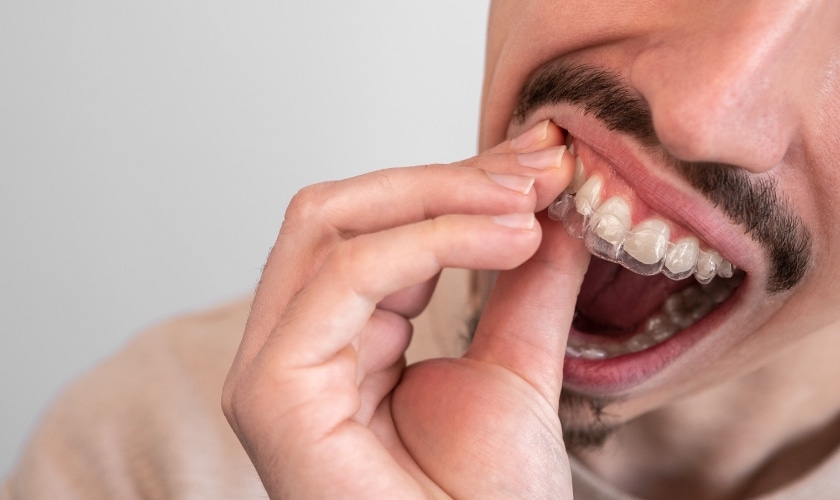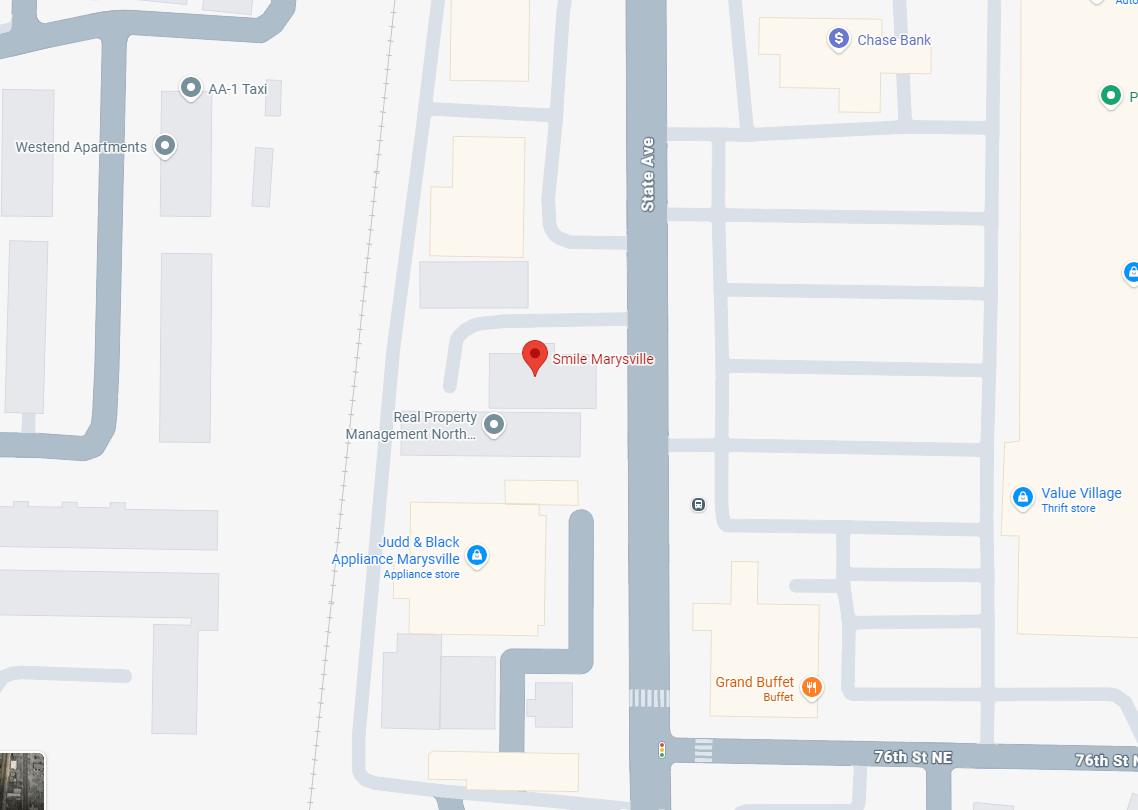When you brush, be very careful to avoid the extraction area to prevent disturbing the blood clot that’s forming. Instead, gently rinse your mouth with warm salt water starting the day after your extraction to keep the area clean. Just be sure to follow any specific instructions your dentist gives you, and you’ll be on the road to recovery in no time!
In this article, we will discuss when to brush your teeth after tooth extraction.
What is the Best Time to Brush Your Teeth After Extraction
Tooth extraction is a standard dental procedure, but post-operative care is crucial for a smooth and speedy recovery. One key aspect of this care is knowing when and how to resume brushing your teeth. Proper oral hygiene after extraction helps prevent complications such as infections and promotes healing.
Here’s a comprehensive guide on brushing your teeth after a tooth extraction, with tips and precautions to ensure a healthy recovery.
Immediate Post-Extraction Period (First 24 Hours)
If you do not care for your teeth after extraction, you should be at risk. The recovery time after treatment is crucial, so you have to be careful.
Avoid Brushing Near the Extraction Site: In the first 24 hours following your tooth extraction, it’s essential to avoid brushing the area around the extraction site. This period is critical for forming a blood clot, which protects the wound and initiates the healing process. Disturbing this clot can lead to a painful condition known as a dry socket.
Alternative Oral Hygiene Measures: While you should not brush near the extraction site, maintaining oral hygiene is still essential. Gently brush the other areas of your mouth, avoiding the extraction area entirely. Do not use mouthwash or rinse vigorously during this period. Instead, gently rinse your mouth with warm salt water to reduce bacteria and promote healing.
The Day After Extraction (24-48 Hours)
Introduce Gentle Rinsing: After the first 24 hours, you can introduce gentle rinsing with a saltwater solution. Mix half a teaspoon of salt in a glass of warm water and swish it around your mouth gently. This helps keep the extraction site clean without disturbing the blood clot.
Resume Brushing, Avoiding the Extraction Site: You can begin to resume brushing your teeth, but continue to avoid the extraction site. Use a soft-bristled toothbrush and be very gentle around the area. Focus on cleaning the other parts of your mouth thoroughly.
Two Days After Extraction
Careful Brushing Near the Extraction Site: By the second day, you can start to brush closer to the extraction site carefully, but still avoid direct contact. Use a soft-bristled toothbrush and mild toothpaste. Be gentle to avoid disrupting the healing process. You can also continue rinsing with saltwater after meals to help keep the area clean.
Gradually Resume Normal Brushing: Around a week after your extraction, you can gently brush the extraction site if you’re experiencing minimal pain and no signs of complications. Pay attention to any discomfort and avoid applying too much pressure. Use a soft-bristled toothbrush to prevent irritation.
Monitoring for Complications: Watch the extraction site for signs of complications, such as persistent pain, swelling, or unusual discharge. If you notice any of these symptoms, contact your dentist promptly. They may provide specific instructions or recommend a follow-up visit to ensure proper healing.
Maintain Regular Brushing and Flossing: Once the extraction site has fully healed, typically within a few weeks, you can resume your oral hygiene routine. This includes brushing twice daily, flossing daily, and using an antibacterial mouthwash if your dentist recommends.
Regular Dental Check-Ups: Regular dental check-ups are crucial to monitor the healing process and oral health. Your dentist can provide personalised advice and address any concerns you may have regarding your recovery and oral hygiene practices.
Tips To Follow For Brushing Teeth After Extraction
- Wait 24 Hours: Avoid brushing the extraction site for the first 24 hours.
- Use Soft Bristles: Opt for a soft-bristled toothbrush to minimise irritation.
- Be Gentle: Brush gently, especially near the extraction site.
- Avoid Direct Contact: Avoid brushing directly on the extraction site for the first few days.
- Saltwater Rinse: Rinse with warm salt water after 24 hours to keep the area clean.
- Avoid Mouthwash: Refrain from using commercial mouthwash initially.
- Resume Gradually: Gradually start brushing the extraction site after a week.
- Follow the Dentist’s Advice: Always adhere to specific instructions from your dentist.


